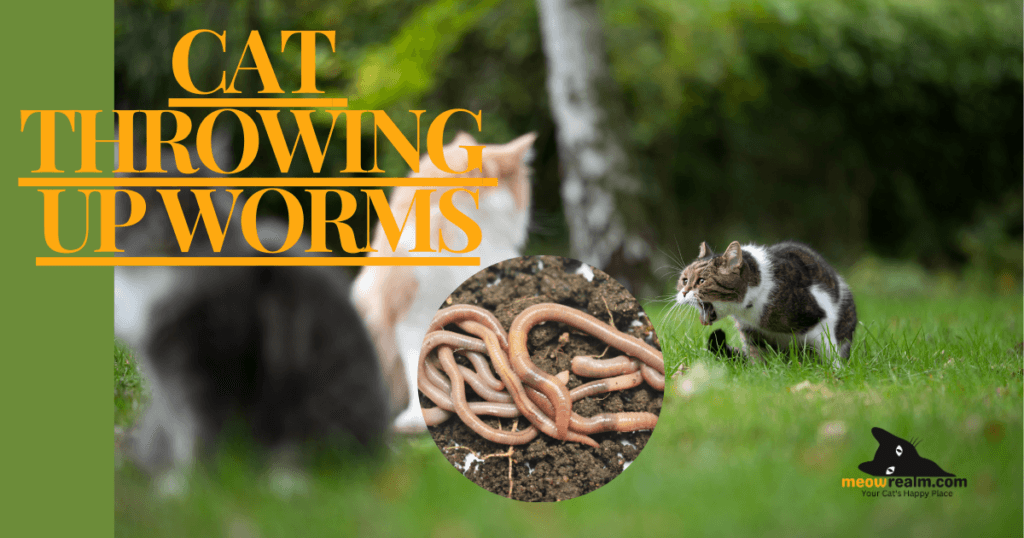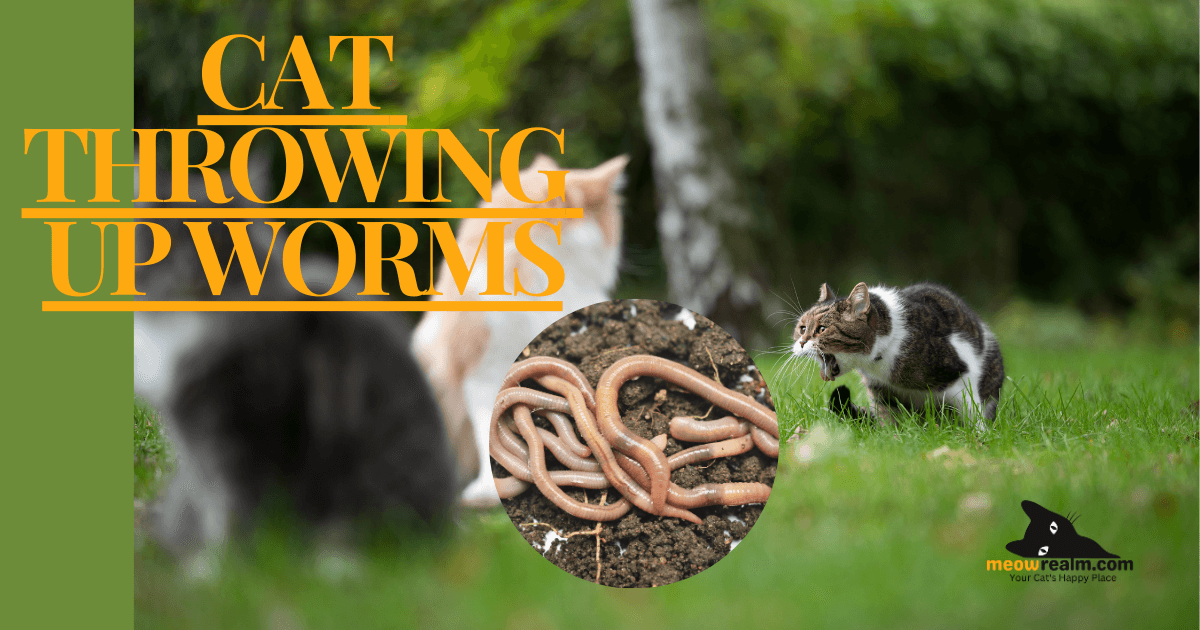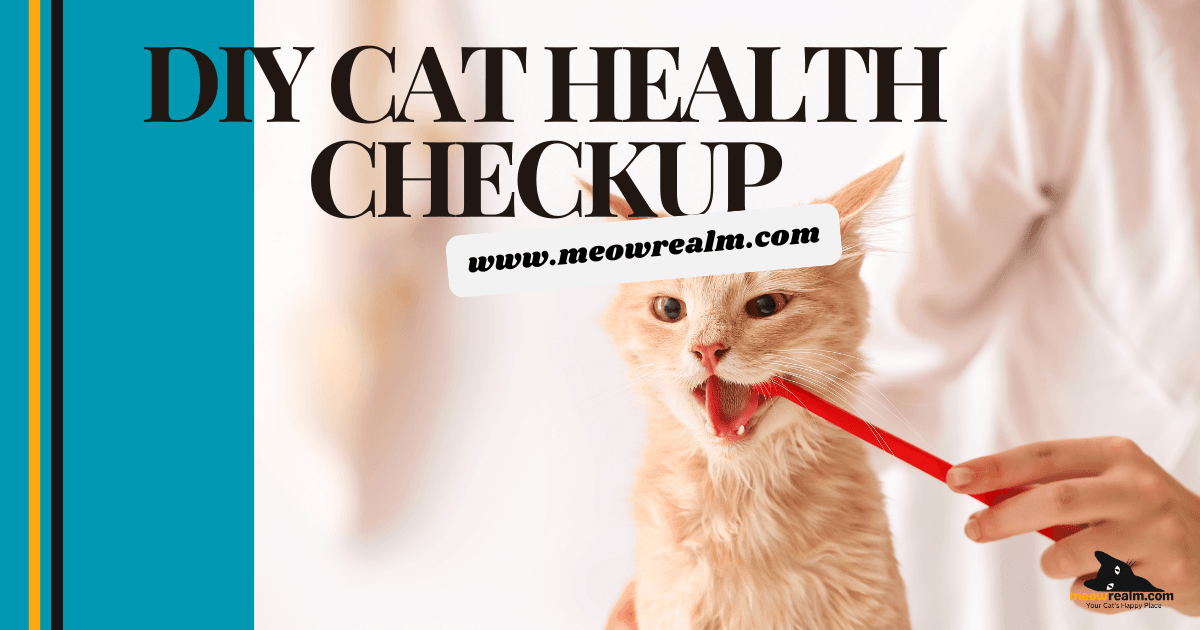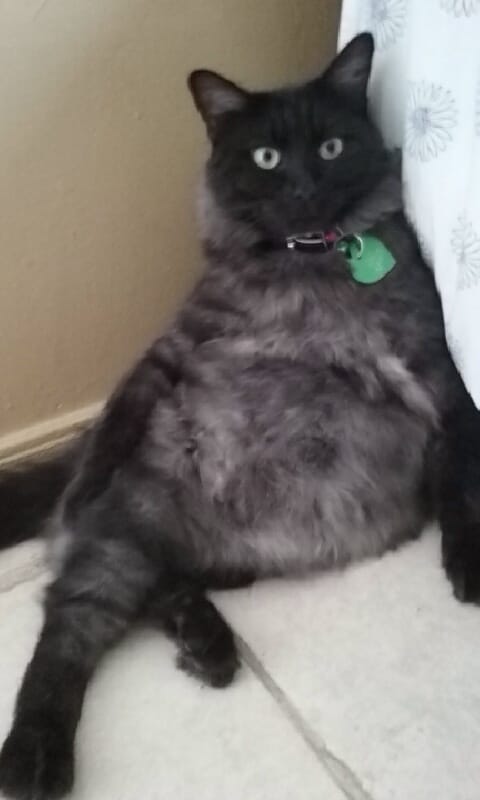If your cat is throwing up worms, it can be a concerning and unsettling sight. Not only is it uncomfortable for your feline friend, but it’s also a sign of an underlying health problem. In this guide, we’ll explore the causes, symptoms, and treatments related to cat throwing up worms. Understanding why this happens is crucial for ensuring your cat’s health and well-being. Read on to learn how to address this issue effectively and prevent it from recurring.
Table of Contents
What Does It Mean When Your Cat Is Throwing Up Worms?
Seeing your cat throw up worms can be alarming. This is usually an indication of an internal parasite infestation. Cats may get worms from various sources, such as contaminated soil, eating infected prey, or even through fleas. The presence of worms in your cat’s vomit is a clear sign that the infestation has reached a level that requires immediate attention.
Types of Worms That Cause Cats to Vomit
1. Roundworms
Roundworms are the most common type of worm that causes cats to vomit. They can grow several inches long and often resemble spaghetti. If your cat is throwing up worms that look like this, it is most likely infected with roundworms. Cats can contract roundworms by ingesting the eggs from the environment or by eating rodents that carry the larvae.
2. Tapeworms
Tapeworms are another type of worm that may be seen in cat vomit. Unlike roundworms, tapeworms have a segmented appearance, and you may see segments of the tapeworm in the vomit or around your cat’s anus. Tapeworms are usually transmitted to cats through flea ingestion. If your cat is throwing up worms that are segmented, tapeworms are likely the cause.
Symptoms of a Worm Infestation in Cats
Aside from your cat throwing up worms, there are several other signs of a worm infestation that cat owners should be aware of:
- Weight Loss: Worms can absorb nutrients that your cat needs, leading to weight loss.
- Diarrhea: Worms often irritate the gastrointestinal tract, causing diarrhea.
- Bloated Abdomen: A cat with a severe worm infestation may have a swollen or bloated abdomen.
- Lethargy: A lack of energy is common in cats suffering from a worm infestation.
- Visible Worms in Feces: You may also see worms or worm segments in your cat’s feces.

Why Is Your Cat Throwing Up Worms?
1. Heavy Worm Infestation
One of the primary reasons for a cat throwing up worms is a heavy infestation. When the worm load becomes excessive, the cat’s body attempts to expel the worms through vomiting. This is especially common with roundworms, which can grow quite large.
2. Ingesting Infected Prey
Cats that have access to the outdoors may hunt and eat small animals, such as mice or birds. These prey animals can carry worm larvae, which can lead to your cat becoming infested and eventually throwing up worms.
3. Poor Immune System
A weakened immune system can make it difficult for a cat to fight off parasites effectively. This makes them more susceptible to infestations, leading to issues like throwing up worms.
Treatment for Cats Throwing Up Worms
1. Deworming Medications
The most common treatment for a cat throwing up worms is a deworming medication. There are various types of dewormers available, including oral tablets and topical treatments. Your veterinarian can prescribe the appropriate medication based on the type of worms present.
2. Flea Control
Since fleas are a common vector for tapeworms, effective flea control is crucial in preventing reinfestation. Using a veterinarian-recommended flea prevention product can help reduce the likelihood of your cat throwing up worms in the future.
3. Regular Veterinary Check-Ups
Regular check-ups are essential for detecting and treating worm infestations early. Stool samples can be analyzed to determine if your cat has worms, and your vet can recommend a deworming schedule to keep your cat parasite-free.
Preventing Worm Infestations in Cats
1. Keep Cats Indoors
One of the most effective ways to prevent your cat from throwing up worms is to keep them indoors. Indoor cats are less likely to come into contact with infected prey or contaminated soil.
2. Maintain Good Hygiene
Keep your cat’s litter box clean, as worm eggs can be present in feces. Regular cleaning reduces the risk of your cat becoming reinfected.
3. Use Preventative Medications
There are several preventative medications available that can protect your cat from common parasites, including roundworms and tapeworms. Discuss these options with your veterinarian to keep your cat healthy.
When to See a Veterinarian
If you notice your cat throwing up worms, it’s essential to contact your veterinarian promptly. Worms can cause significant health issues if left untreated, including malnutrition and damage to the digestive tract. Your vet can provide a diagnosis and develop a treatment plan to help your cat recover.
Cat throwing up worms is a serious issue that should not be ignored. It indicates a parasite infestation that requires prompt treatment to ensure your cat remains healthy. Roundworms and tapeworms are the most common culprits, and understanding the symptoms can help you identify the problem early. Treatment typically involves deworming medications, flea control, and maintaining good hygiene.
To prevent future occurrences of your cat throwing up worms, consider keeping your cat indoors, maintaining cleanliness, and using preventative medications. By staying proactive, you can help ensure your feline friend stays happy and worm-free.






